What types of mountain biking are there – and what type of rider are you?
Cross-country, trail, enduro, downhill... what’s the difference between the various types of mountain biking, and which one’s for you?
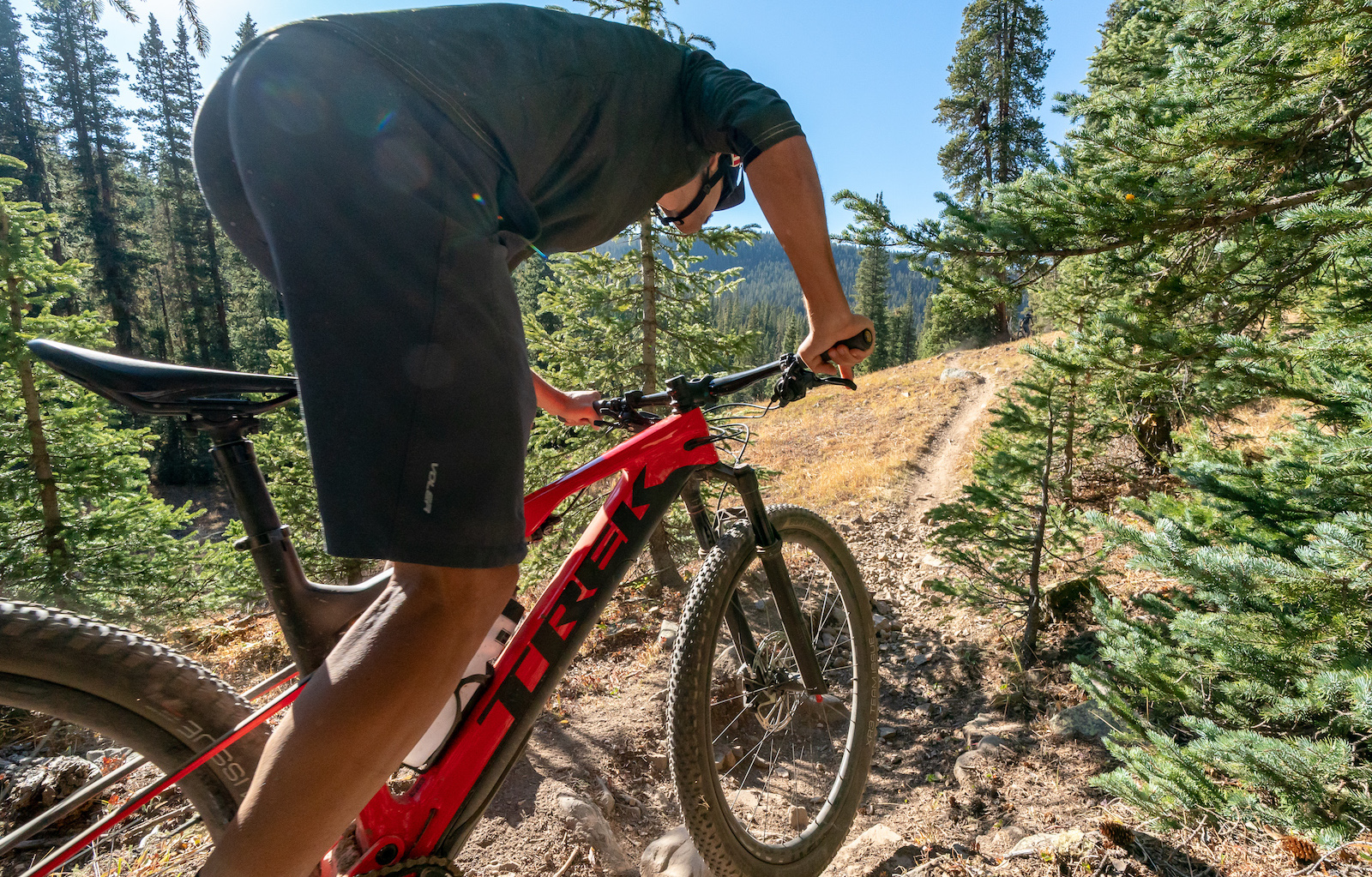
While every week seems to bring a new label or ten, in real life there are only a few major types of mountain biking. And broadly these describe what you like doing the most – going up, along or down.
Because most people enjoy a very individual blend of all three, the distinctions – again in real life – between types are pleasingly blurry. Put different riders on the same route and they may have gigantically different experiences, even if they're all on the same bike. They may not all think the bike is good, though...
Whatever label you fall under, if you’re choosing a bike, buying the best new riding kit, considering the best mountain bike tires or just deciding which trail centre run to ride, it’s good to know what the differences are – because that way you can get the best balance of attributes for what you really like doing. You don't want to end up riding XC on downhill tires, or an enduro course on an XC race bike...
There's little point really getting into the weeds to figure out if your riding is backcountry, downcountry or upcountry, and even less point wondering if we just made one of those up. Really there are four meaningful types of mountain biking, and rest are just slight variations. Let’s take a look at the big four.
1: Cross-country – what is it?
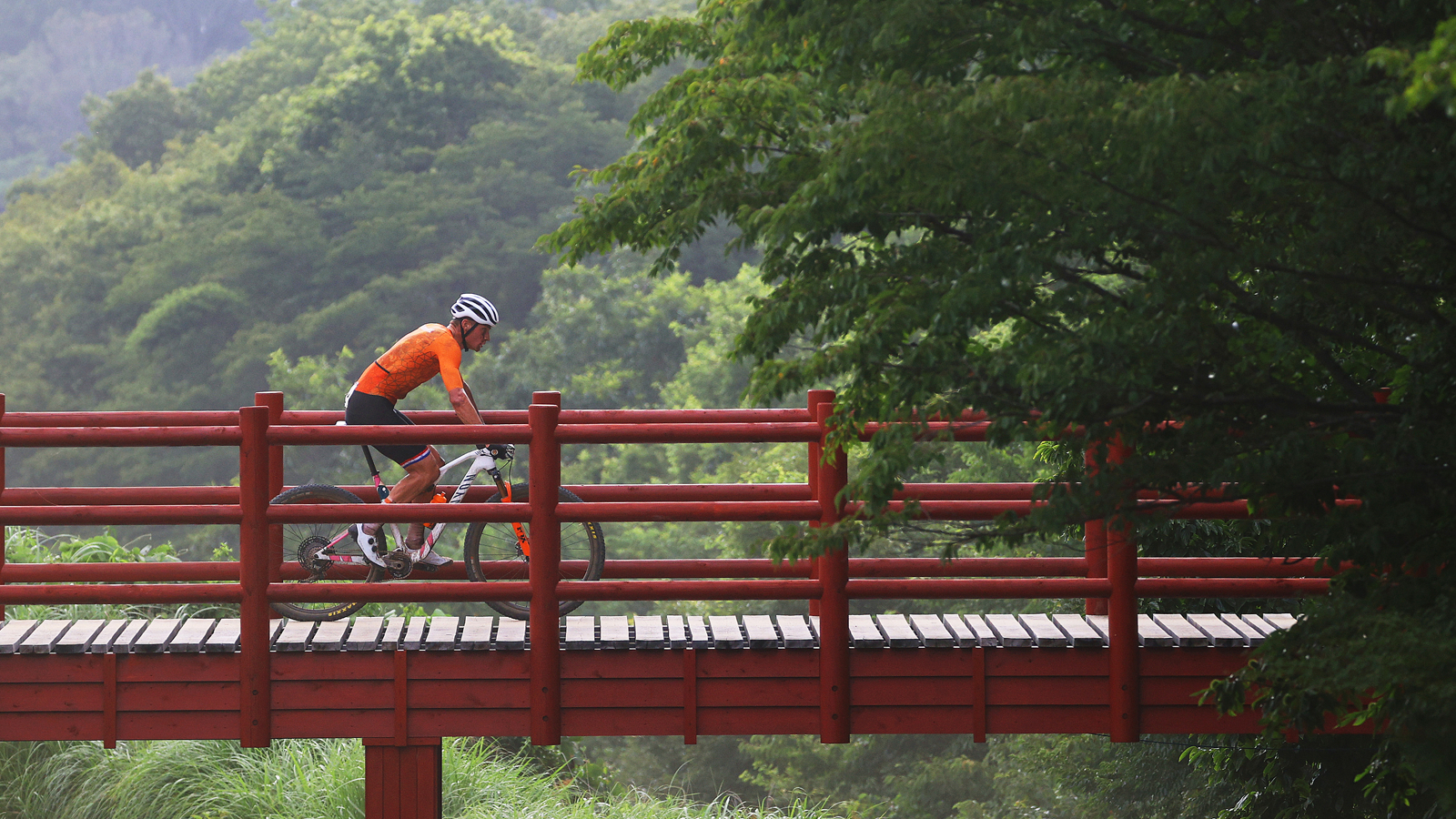
In the racing world, cross-country (aka XC) means lycra-wearing, roadie-style whippets on super-lightweight bikes.
But for those who aren't racing, XC is a much broader idea. It's the classic all-round mountain biking over some serious miles, with a cardio- and skill-testing balance of climbs and descents, and usually only light to moderate technical challenges.
The terrain can be anything from hard-pack dirt to mud, rocks, slabs and roots, depending on where you are, but in general the focus is on fitness and spinning out the miles, rather than serious technical challenge.
You can make cross-country as intense as you want, and the faster you go, the faster your reactions need to be; but probably the main characteristic is that everything is rollable. That is, you never have to have both wheels off the ground at the same time. Unless you're carrying it, that is – walking very awkward sections is fine.
Cross-country in the wild varies from forestry tracks and 4x4 trails to barely-there tracks across moorland. They can be anything from a half-hour pootle with pals to a week-long epic... though by then you're veering into bikepacking, with its slower-paced emphasis on endurance over outright A-to-B speed.
Where wild XC becomes a rocky walk or a boggy hike-a-bike is up to you and your limits, though the best full suspension bikes in the XC market can be pretty willing allies.
Overall, these bikes are light and agile but less forgiving on technical ground, and strongly optimized for climbing.
Are trail centers cross-country?
Most if not all trail centers have trails that can happily be ridden on XC bikes. Look to the blue and red trails for classic cross-country terrain. They’ll be relatively smoothly surfaced, offer flowing berms and twisting singletrack, and at the tougher end, some drops and rocks to test your technical skills.
What's cross-country racing like?
Standard XC races - including Olympic XC - are about 90 minutes long. XC Marathon races are longer: the UCI official distance is 60km-160km over no more than three laps, but they can be 12 or 24 hours or even multi-day. Some XC races have multiple official line choices, where riders who are happy to get airborne can take shortcuts round their earthbound rivals, but it's generally more a test of fitness than skills.
How do I spot a cross-country mountain bike?
- 100-110mm travel for efficient bump absorption rather than taking big hits
- Hardtail or full-suspension, often with lockouts for pedalling efficiency
- Relatively steep geometry for rapid climbing responses
- Emphasis on low weight over strength throughout every component
- Two or even three front chainrings for a huge spread of ratios
2: Trail riding – what is it?
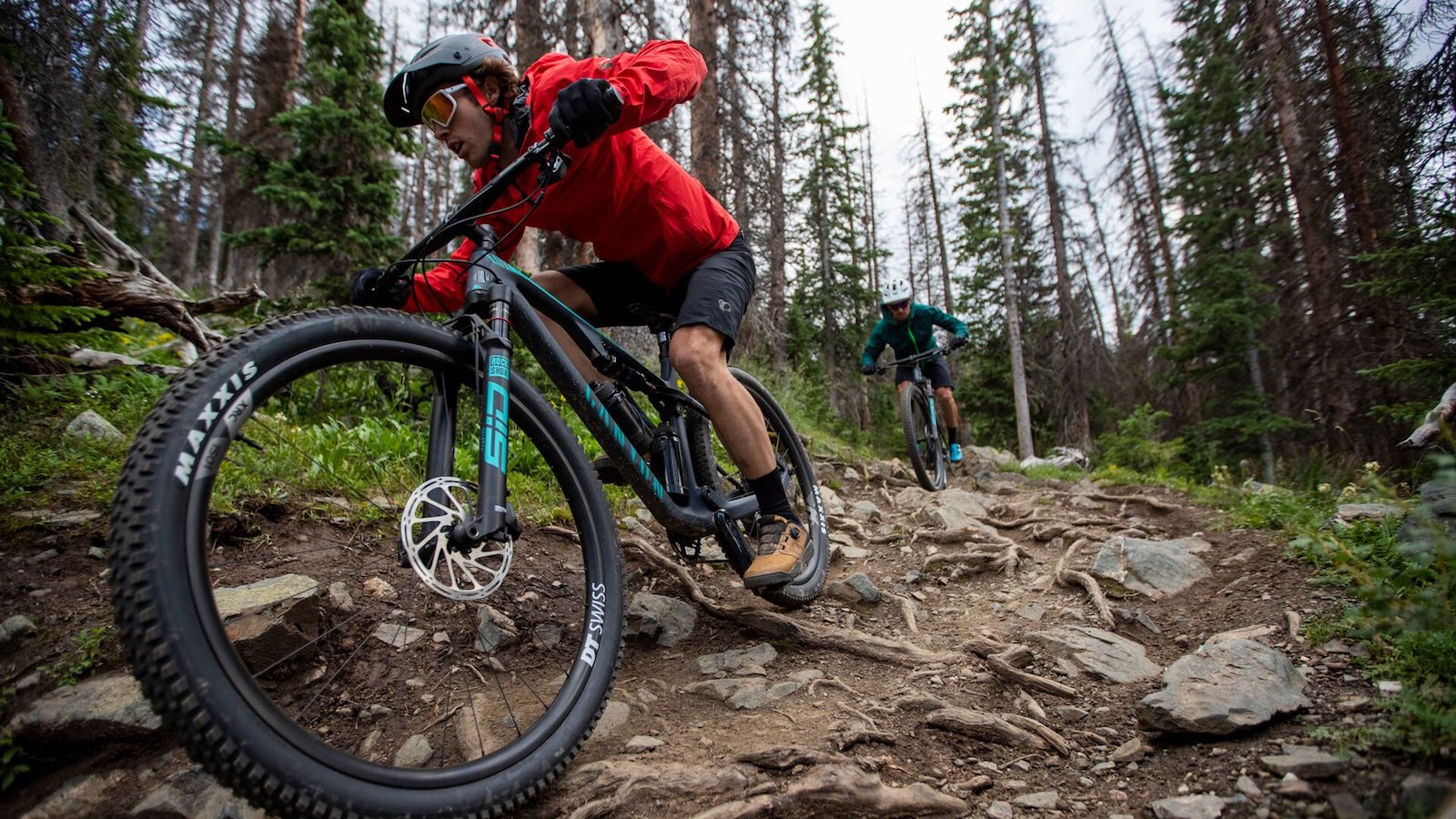
Trail riding is the midpoint in the spectrum, where cross-country sits at one end and downhill at the other. Compared to XC there’s less emphasis on climbing efficiency and getting from A to point B as fast as possible, and more on enjoying the flow of the singletrack and the speed of the descents. However, good trail bikes are still able to do justice to climbs and get you way out there in the hills.
The trails in the name are, ideally, narrow, winding singletrack routes barely a foot or two wide, and usually without man-made surfaces. They can be rough and full of random natural features – rocks, roots and awkward cambers. This means they can require more technique that the towpaths, fire trails and bridleways common to XC.
Trail riders are in their element at the medium to tougher end of bike park trails, where the longer suspension and burlier tyres of the best trail bikes help them hit the rough stuff, drops and jumps more confidently.
Trail riding isn’t the fastest overall – that's XC – or the gnarliest, as that's downhill (DH), but for the majority of mountain bikers it’s the most accessible and fun.
Can you go trail racing?
There’s no specific type of racing for trail bikes, though if that’s what you’ve got, it’ll be more than good enough to have a great time at plenty of races, either in the XC or enduro categories.
How do I spot a trail bike?
- 130-150mm of travel for soaking up impacts without draining your climbing power too
- Usually full suspension for great descending performance
- Longer and lower frames than XC for greater stability
- Slacker head angles for steep and fast terrain control
- Greater emphasis on frame and component strength, even if it means extra weight
- Relatively steep seat tube angles to help with climbing
3: Enduro - what is it?
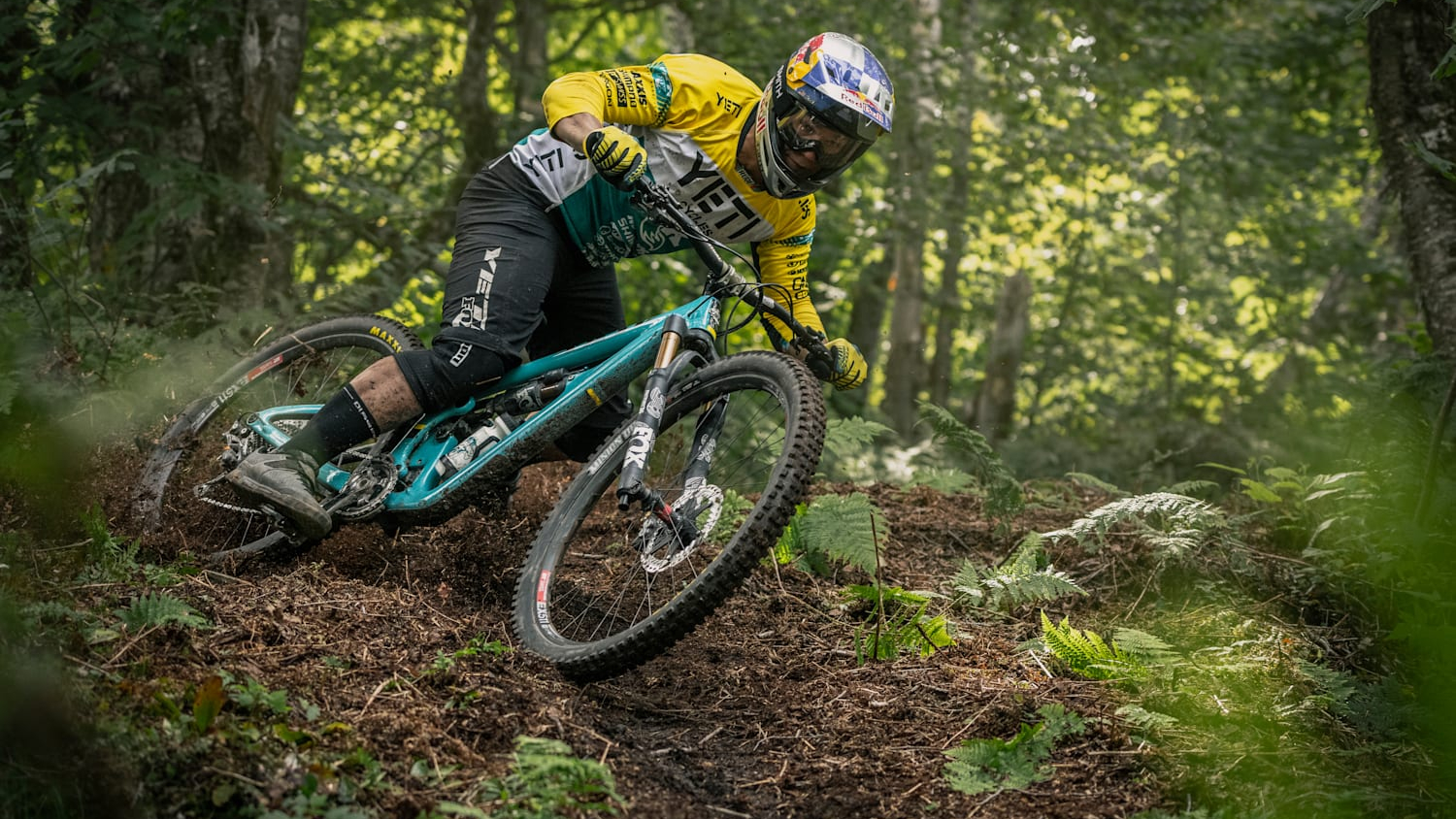
Not to be confused with endurance racing and its round-the-clock survival tests, enduro is much like rallying in the motorsport world – multiple timed stages connected by untimed transitions. There are overall time limits on the transitions, though, so you still need a bike that covers everything pretty well – not just a big, heavy downhill machine.
The timed stages are gravity-focused with steep, rough descents, plenty of roots and rocks, and piles of jumps and drops. It's a skill-and-bravery testing adrenaline buzz somewhere between the hardest of trail riding and full-on downhill.
Enduro combines a lot of the skill of downhill riding with some of the fitness of XC riding – pedalling bikes with enough strength and suspension travel to cope is not easy! In many ways the classic enduro combo of downhill goggles (for clear vision and proper protection) and an open-face trail helmet (for lightness, ventilation and comfort) sum up the whole thing.
If it’s all about the obstacles on a trail for you, but you still want to pedal to get there, enduro is where it’s at.
Does enduro exist outside of racing?
Outside racing, this kind of riding is sometimes called 'all mountain' instead. At trail centers, enduro-focused riders might prefer to use the uplift (a vehicle shuttle that carries you and your bike) between stages, and save their energy for hard and fast descents. But obviously, they could also ride back up with the trail and XC crowd.
With stronger wheels and frames, and more suspension travel than either lot, enduro bikes are unlikely to be as fast though.
The technical level of courses varies, but they’re usually well documented and color coded too - no one wants riders to be completely out of their depth, or to be constantly carting injured riders off the hill...
Some trailbuilders put suitably tough obstacles right at the start of a trail as a kind of entry exam, so you don't stumble onto something that suddenly gets hardcore halfway down. But not all do – so don't assume and pile in at speed; do your homework before the race or trail center trip!
Even beginner-friendly enduro courses are unlikely to have avoidable drops, for instance, though they may well have rollable jumps.
How do I spot an enduro bike?
- 140mm-180mm travel and thicker, stiffer and stronger forks than regular trail bikes
- More sophisticated suspension with external adjustments for tuning responses
- Bigger brakes for more power and better cooling
- Greater emphasis on frame and fork strength, and less on low weight
- Heavier, slower handling that needs more input, but has excellent stability and control
What is enduro racing like?
Most enduro events involve 3-6 timed stages (more if the race is over two days), and you ride or sometimes get a shuttle between stages. At some events you can re-ride sections multiple times, but you generally get little or no prep time to scope out the course.
Your ability to read the trail and instantly find smooth, fast lines is as vital as your abilities to pull technical lines off. Riders race individually on the timed stages, against the clock.
4: Downhill – what is it?
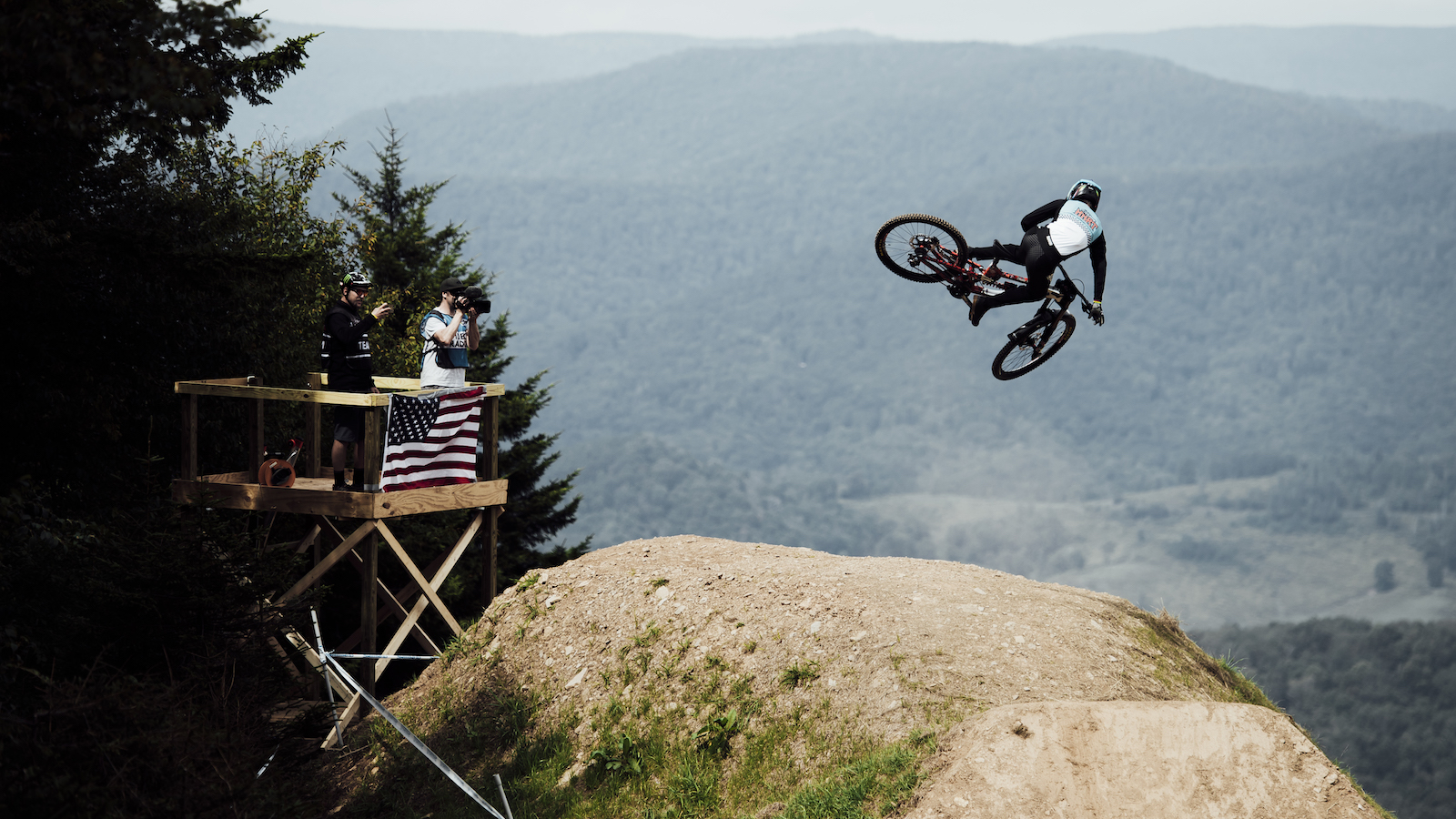
It's just what you think... going downhill as fast as possible, with absolutely no concessions in either your bike or kit for getting back up. The tracks are extreme and require great technical skill and bravery too, at least to ride well – drops can be as much as three metres high, and jumps can be over 10 metres long.
As in enduro riding, courses may combine natural and manmade features, but unlike enduro, there’s little to no beginner-friendly end of the spectrum here. You’ll need the confidence and skill to pick and commit to lines over steep, complex and perilous terrain, and safely clear obstacles in the air at speed on non-obvious, awkward and tight lines.
At trail centres, extreme downhill trails will be marked black or black with orange markers and one to three dots or dashes to indicate severity.
The super-strong bikes have huge amounts of suspension and very slack geometries for stability, but that alone won't get you down the hill. Although there may be 'chicken lines' around the biggest challenges and some jumps may be rollable, difficulty levels will still be high – you need to be competent with taking drops, jumps and tricky rock and root sections at speed to take these tracks on.
Full-face helmets and body armour are a must, while the weight, geometry and gearing of downhill bikes makes them almost unrideable uphill. Consequently they’re pretty much only used at venues with uplifts – or on short runs where you're happy to push back up.
What is downhill racing like?
Downhill races usually last 3-5 minutes, and the riders race one by one against the clock. You get plentiful practice beforehand to learn the track and plan lines.
How do I spot a downhill bike?
- 200mm of travel or more
- Full suspension frames built for serious strength
- Double-thickness two-ply tyres on very strong (and heavy) wheels
- Double-crown, triple clamp forks
- Fast downhill-only gearing, chain retention devices and short cranks for ground clearance
- Long, low and very slack super-stable geometry
- It's the thing that's just gone overhead sideways at 40mph
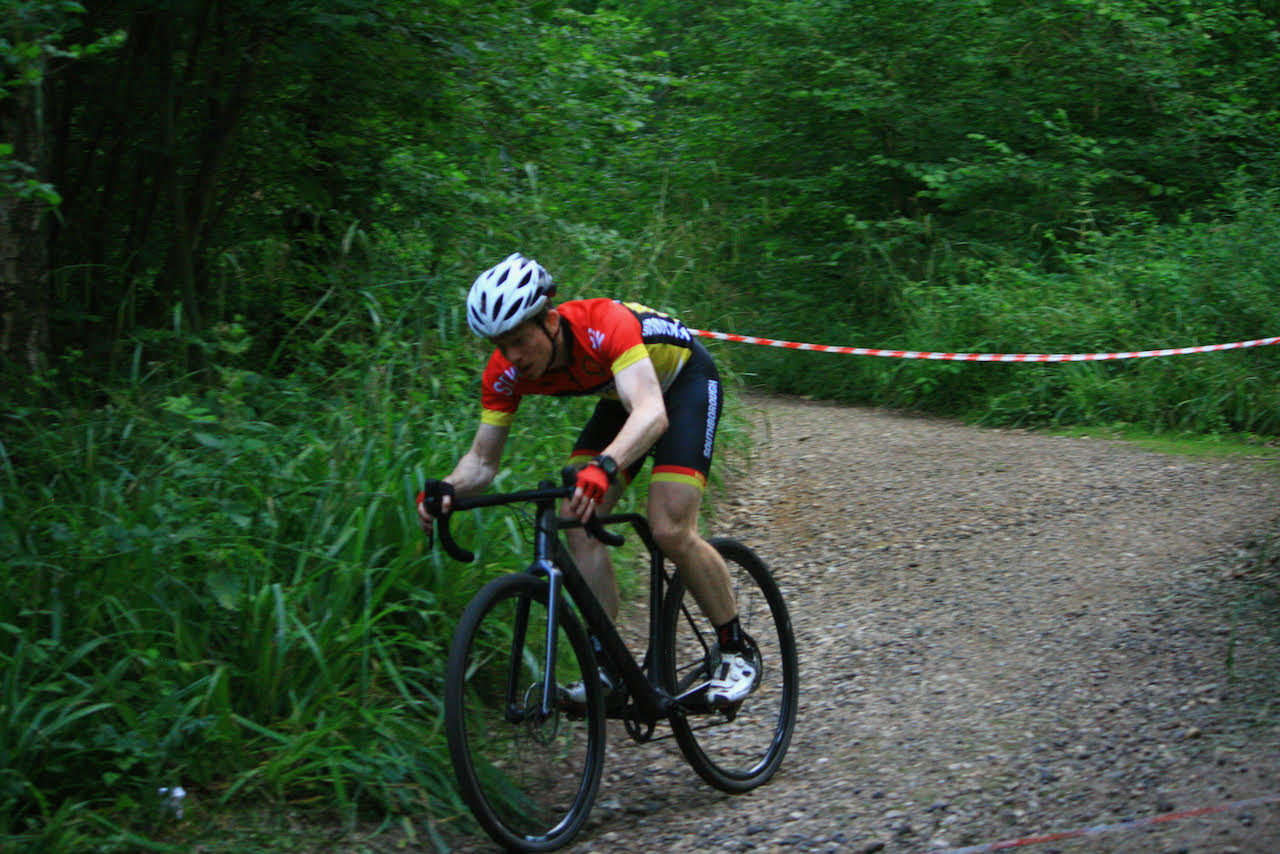
Sean has old school cycle touring in his blood, with a coast to coast USA ride and a number of month-long European tours in his very relaxed palmares. Also an enthusiastic midpack club cyclocross and XC racer, he loves his role as a junior cycle coach on the Kent/Sussex borders, and likes to squeeze in a one-day unsupported 100-miler on the South Downs Way at least once a year. Triathlon and adventure racing fit into his meandering cycling past, as does clattering around the Peak District on a rigid Stumpjumper back in the day.
Height: 173cm
Weight: 65kg
Rides: Specialized Chisel Comp; Canyon Inflite CF SLX; Canyon Aeroad; Roberts custom road bike
